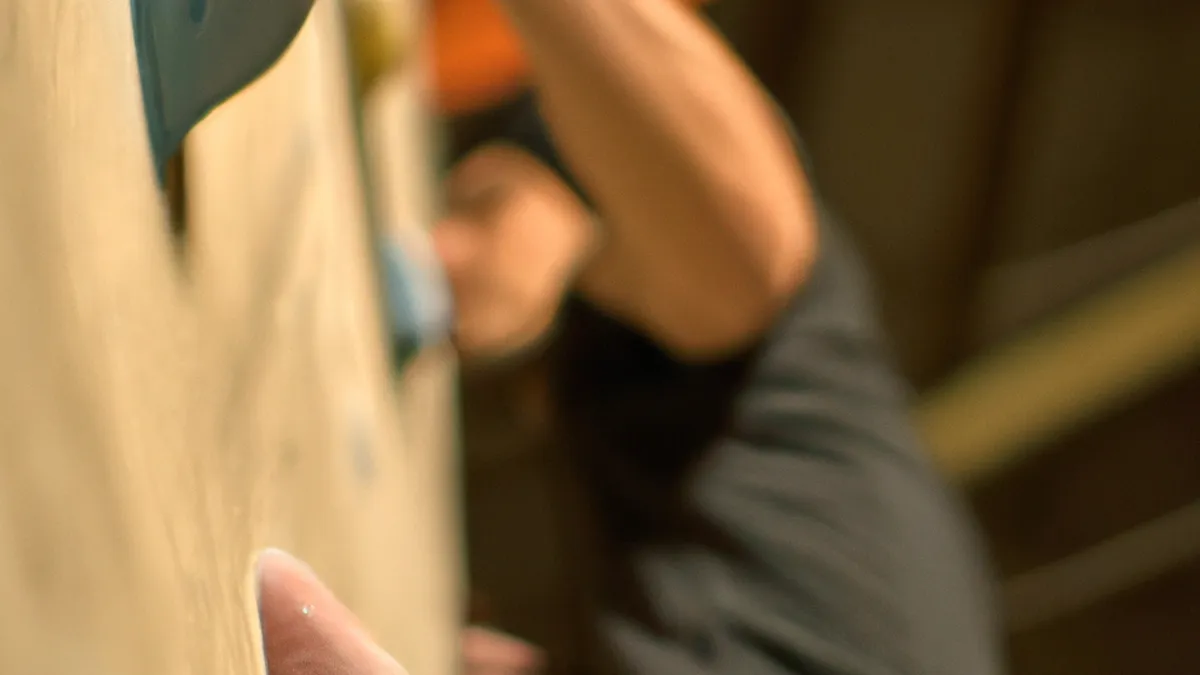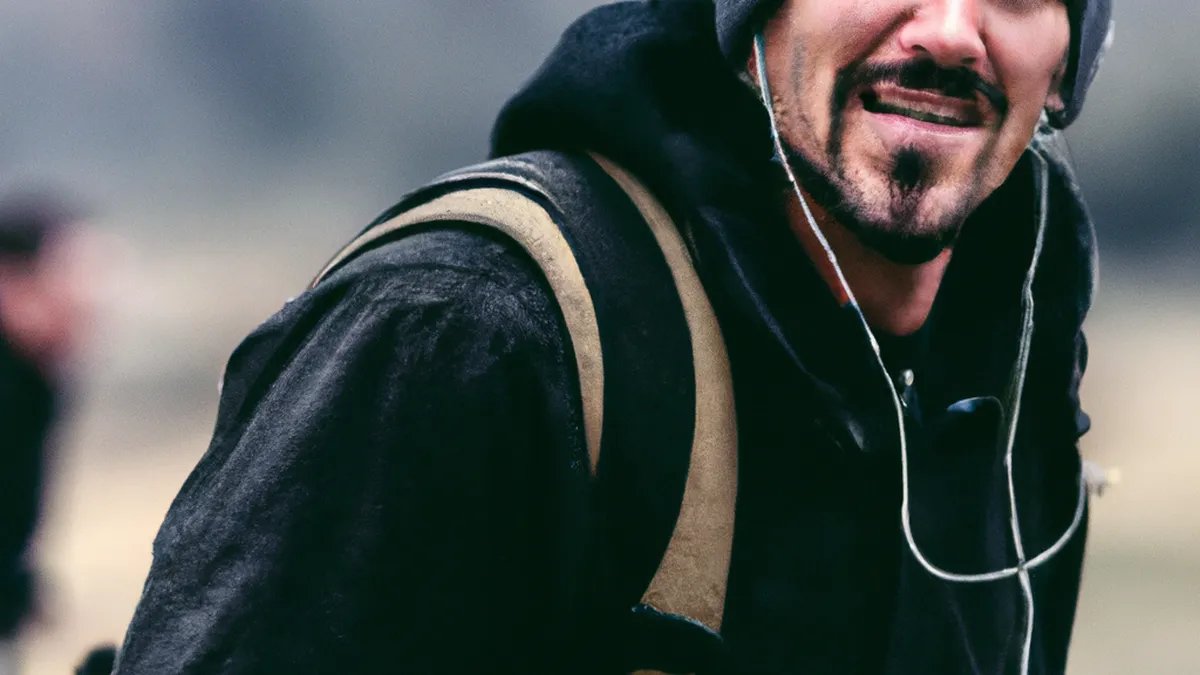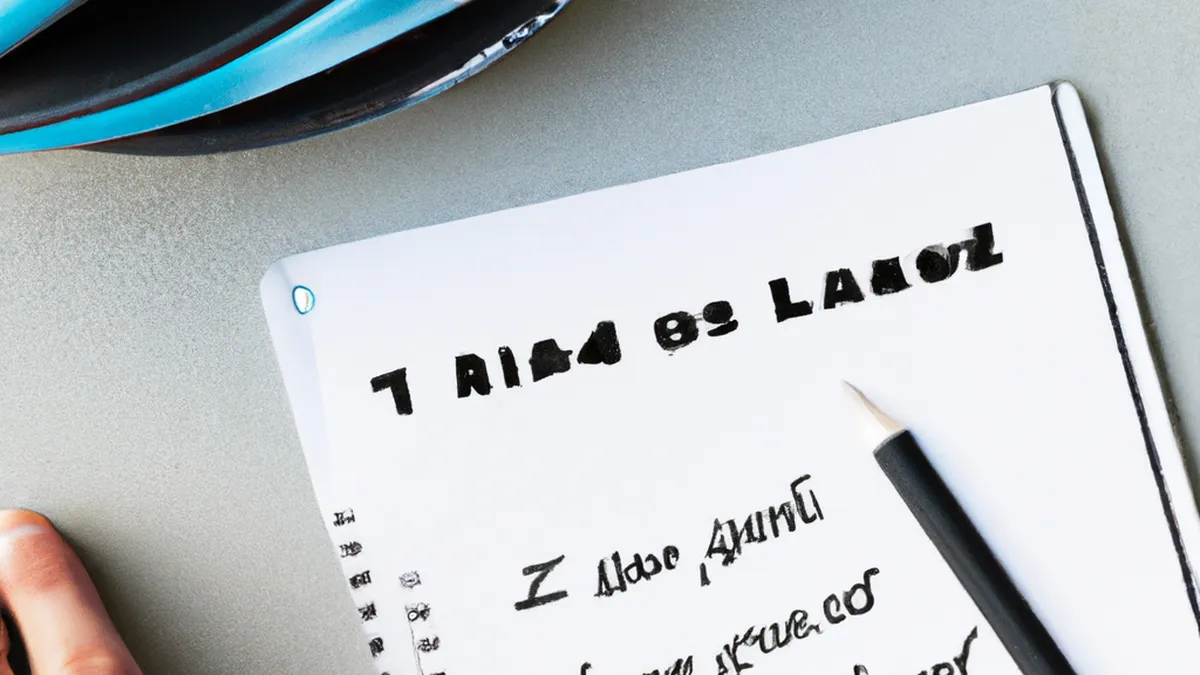Decode Complex Climbing Moves with Ease
Analyzing Complex Climbing Moves in Bouldering Problems
As an Amazon Associate I earn from qualifying purchases.
Gear tip: consider running headlamp, bouldering and Climbing to support this workout.
Bouldering requires more than physical strength and endurance. Climbers need a deep understanding of movement, technique, and problem-solving. Complex climbing problems challenge climbers, urging them to think critically and creatively. This post explores how to analyze these complex moves, offering tips and insights to enhance your bouldering experience.
Understanding the Problem
Before starting a bouldering problem, study it closely. Observe the holds and overall structure of the climb. Each hold presents a unique challenge, so identify key features to understand the move sequence. Examine the starting holds, potential crux sections, and final moves to reach the top. Visualizing the problem prepares your mind for upcoming challenges.
Break Down the Sequence
To analyze complex moves effectively, break the problem into manageable sections. Focus on the first few moves before considering the entire sequence. This method builds confidence and reduces the overwhelming nature of challenging problems. As you progress, reevaluate the upcoming moves. Each section presents unique challenges that may require specific techniques.
For instance, if the first move involves a powerful pull-up and delicate foot placement, perfect that initial sequence first. This approach promotes clarity and builds momentum as you tackle each part successfully.
Identify Key Techniques
Different climbing moves require various techniques and skills. Some sections may call for dynamic movements, while others demand delicate foot placements or intricate body positioning. Identify the necessary techniques for each part of the problem to execute the climb effectively. Does the crux require a drop knee or a heel hook? Recognizing these techniques enhances your performance.
Additionally, understand the types of holds—such as slopers, crimps, or pinches—to inform your strategy. Each hold type presents different challenges, so adapt your technique accordingly.
Tips for Analyzing Bouldering Moves
1. **Visualize the Problem**: Before touching the wall, visualize each move. Picture yourself executing every step confidently. This mental rehearsal builds muscle memory and improves performance.
2. **Use a Spotter**: A spotter provides valuable feedback. They can observe your movements and offer insights you might overlook. Use their observations to adjust your technique.
3. **Practice Footwork**: Strong footwork is crucial in bouldering.
Conclusion
Analyzing complex climbing moves enhances your bouldering experience. Use visualization, seek feedback, and practice techniques to improve your skills.
Below are related products based on this post:
FAQ
What is the importance of understanding a bouldering problem before starting?
Understanding a bouldering problem is crucial because it allows climbers to study the holds and overall structure of the climb. By identifying key features and visualizing the problem, climbers can prepare their minds for the challenges ahead, which enhances their performance and confidence on the wall.
How can I effectively break down complex climbing moves?
To break down complex climbing moves effectively, focus on manageable sections of the problem rather than trying to tackle the entire climb at once. Start with the first few moves, perfecting them before moving on to the next sections. This method builds confidence and helps in reevaluating upcoming moves, allowing for a clearer approach to each part of the climb.
What techniques should I identify for different sections of a bouldering problem?
Different sections of a bouldering problem may require various techniques, such as dynamic movements, delicate foot placements, or specific body positioning. It’s important to recognize what techniques are necessary for each part of the problem, like identifying whether a drop knee or a heel hook is needed at the crux. Understanding the types of holds involved, such as slopers or crimps, also helps in tailoring your approach and strategy for the climb.















Post Comment